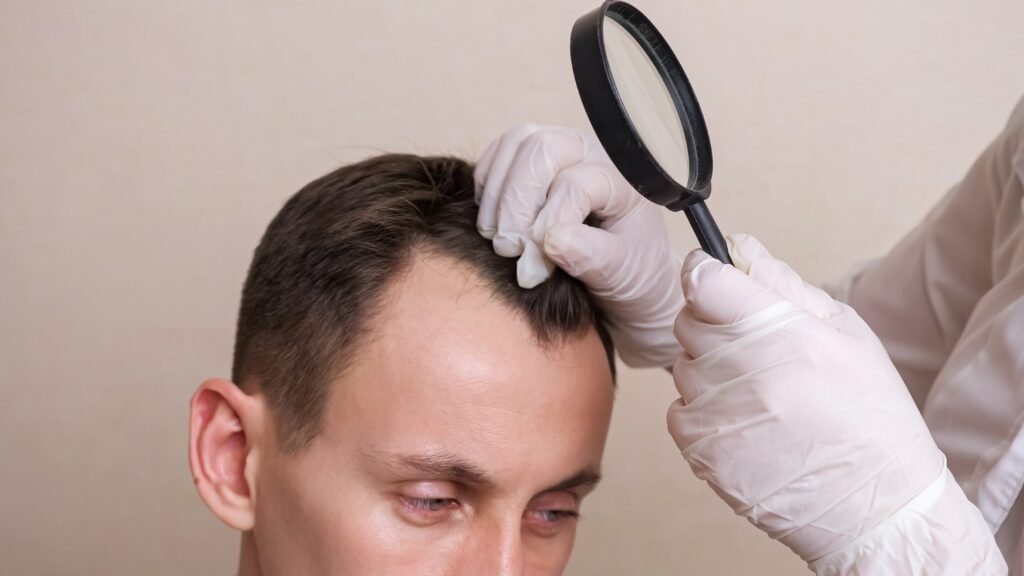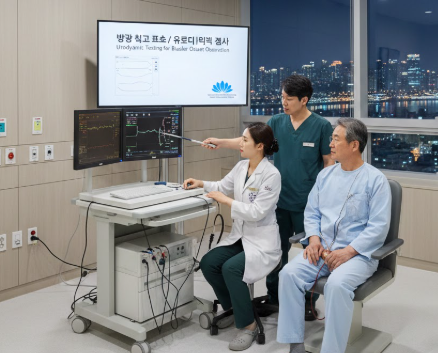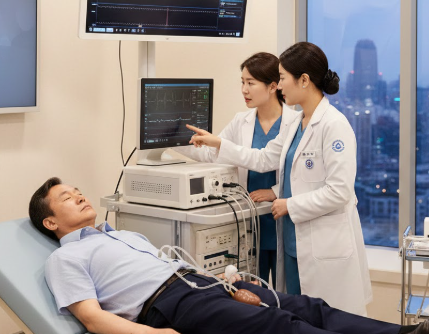Enhancing Results, Recovery, and Longevity Without Going Under the Knife
South Korea’s hair restoration field isn’t just defined by advanced surgical techniques—it also thrives on cutting-edge non-surgical therapies that complement procedures like hairline correction. Whether you’re looking to accelerate healing, boost density, or prolong results, non-invasive add-ons can make a noticeable difference.
Let’s explore the most popular non-surgical treatments offered in Korean clinics that work in synergy with hairline correction surgery.
🌟 Why Combine Non-Surgical Treatments with Hairline Surgery?
Hairline correction surgery primarily focuses on the placement of hair follicles, whether through grafting or scalp advancement. However, it doesn’t:
- Stimulate existing but dormant follicles
- Prevent future hair loss in untreated areas
- Ensure maximum follicle survival post-surgery
💡 This is where non-surgical interventions step in—to enhance density, promote healing, and support long-term outcomes.
🧬 1. Stem Cell Therapy
Purpose: Regenerate follicles, reduce inflammation, and improve scalp health
How It Works: Adipose-derived stem cells or exosomes are injected into the scalp before or after surgery
Korean Advantage: Many Korean clinics use MFDS-approved stem cell processing systems and combine them with hairline correction packages
🧪 Benefits:
- Accelerates post-op recovery
- Boosts graft survival rate
- Improves skin elasticity and scalp vascularity
💉 2. PRP (Platelet-Rich Plasma) Injections
Purpose: Stimulate natural hair growth and healing
How It Works: Platelets from your blood are centrifuged and injected into the scalp to release growth factors
🔬 Often used 1–2 weeks post-surgery to:
- Speed up healing
- Strengthen surrounding follicles
- Encourage growth from newly grafted hairs
📌 Korean clinics often recommend 3 sessions over 3 months after hairline surgery for optimal results.
🎯 3. Scalp Micropigmentation (SMP)
Purpose: Create the illusion of denser hair or refine hairline shape
How It Works: Micro-needling deposits pigment dots in the scalp to mimic hair follicles
🎨 In Korea, SMP is highly artistic and commonly used to:
- Soften the edges of transplanted zones
- Fill in sparse gaps or scars
- Add visual density, especially for patients with limited donor hair
💡 Great for women or those seeking a low-maintenance visual boost after surgery.
💡 4. Low-Level Laser Therapy (LLLT)
Purpose: Stimulate cellular activity in follicles
How It Works: Red light (650–680nm) improves blood flow and follicle metabolism
🛋️ Korean clinics offer:
- In-clinic laser dome treatments
- Home-use laser caps and combs (included in VIP packages)
🔋 Recommended 2–3 times/week starting 2 weeks post-surgery. Safe and painless.
💊 5. Topical and Oral Medications
While surgery provides immediate structural change, medications help maintain results and prevent future thinning.
Common prescriptions in Korean clinics include:
- Minoxidil (topical): Encourages regrowth and thickening
- Finasteride (oral): Blocks DHT to prevent further hairline recession
- Dutasteride (oral): A more potent option for advanced cases
👨⚕️ Korean dermatologists often customize regimens based on blood tests, hormonal profiles, and patient age.
🧴 6. Specialized Scalp Therapies
These holistic treatments improve scalp condition before and after surgery.
Examples include:
- Oxygen scalp cleansing (to reduce sebum buildup)
- Peptide scalp tonics
- Cryo-scalp therapy (for inflammation control)
- Mesotherapy (micro-injections of vitamins and peptides)
🌿 Clinics often bundle these into post-op scalp care packages for international patients.
🌐 7. Nutritional & Hormonal Support
Some Korean clinics offer integrated services like:
- Micronutrient IV drips
- PCOS and thyroid evaluations for women
- Hair-specific supplements (biotin, zinc, saw palmetto)
✅ Especially useful for patients with:
- PCOS-related hair thinning
- Postpartum hair loss
- Autoimmune-related alopecia
🧭 Summary Table: Non-Surgical Add-ons at a Glance
| Treatment | Goal | Ideal Timing | Notes |
|---|---|---|---|
| Stem Cell Therapy | Healing + follicle survival | Before/after surgery | Often bundled in premium plans |
| PRP Injections | Growth stimulation | 1–2 weeks post-op | 3 sessions recommended |
| SMP | Visual density + hairline refinement | 4–6 weeks post-op | Excellent for density illusion |
| LLLT | Scalp health, follicle activation | 2–3x/week after healing | Home kits also available |
| Minoxidil/Finasteride | Maintain results + prevent loss | Continuous use | Korean doctors personalize dosages |
| Scalp Therapies | Scalp detox + post-op care | Weekly or biweekly | Spa-like and relaxing |
| Nutrition/Hormonal Care | Support internal causes | Before & after surgery | Great for women with hormonal issues |
Why Korea Is the Global Leader in Integrated Hairline Restoration
- Multidisciplinary teams: Surgeons, dermatologists, and trichologists work together
- Technology-driven: Use of AI scalp scanners, digital follicle counters
- Customization: Personalized treatment plans combining surgery and non-surgical boosters
- Patient support: English-speaking coordinators, all-in-one recovery programs for foreigners
✈️ Final Thought
Hairline correction surgery gives you the structure, but non-surgical treatments provide the subtle enhancements that make your result look fuller, healthier, and longer-lasting.
Whether you’re planning a one-time trip or a follow-up package, Korean clinics offer some of the most comprehensive, science-backed combination therapies in the world.




